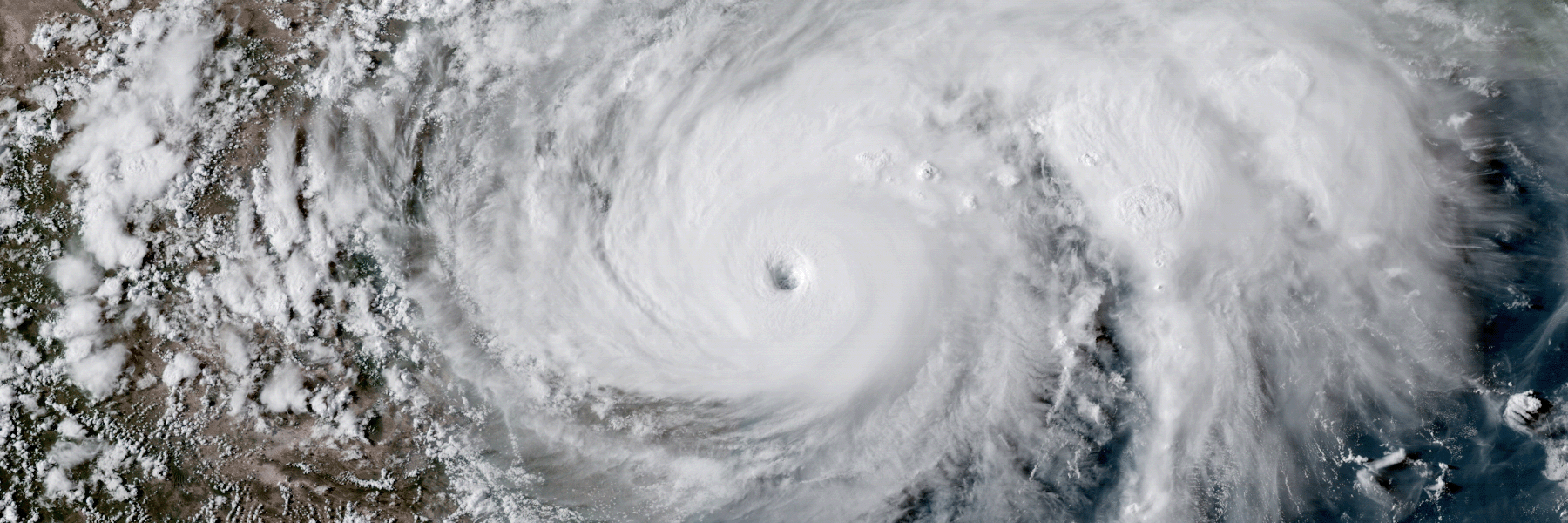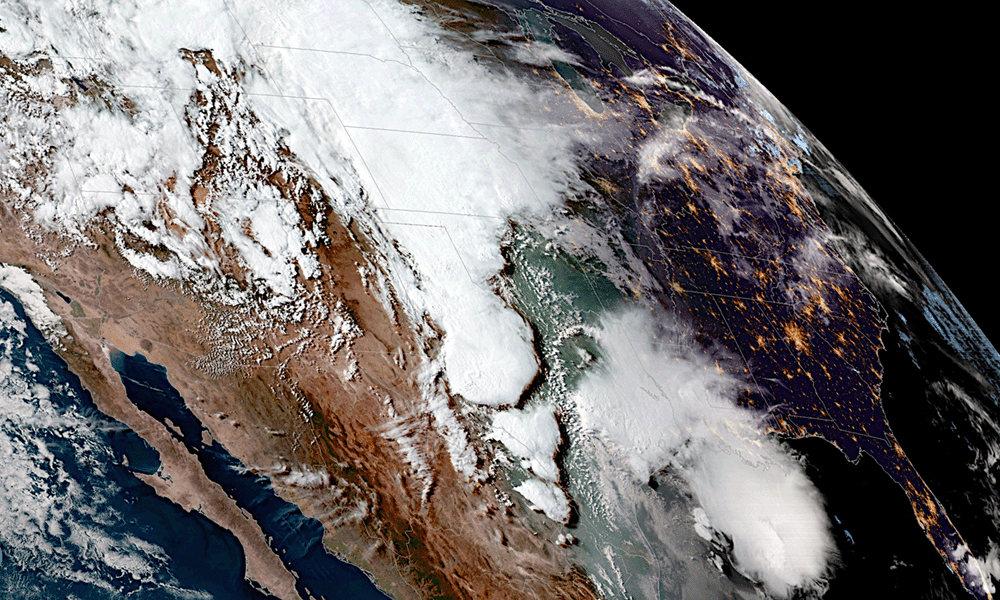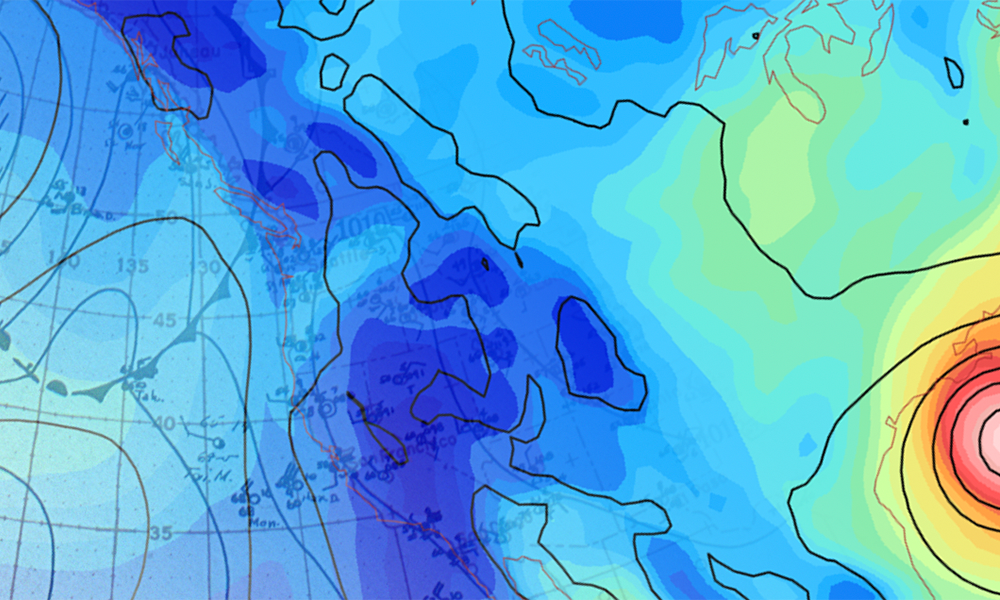Modeling and Data Assimilation
Forecasters rely on sophisticated computer models to provide an estimate of what the weather will look like tomorrow, next week, and beyond. With this information people can plan what to wear, what roads to avoid, or how to prepare for a hurricane that might be coming their way. Decision makers such as water managers and emergency planners can also decide what steps should be taken to prepare for water scarcity from droughts, or the hazards of flooding, for example. Forecasts have gotten substantially better in the past decade as the models and their ability to make use of observations has improved, but they are still not perfect. To keep communities safe and to support decision makers, continual research and technological advances are needed to improve the accuracy and extent of predictions through improved modeling and better use of observations.
What We Do
PSL's Modeling and Data Assimilation Division advances understanding and predictions of climate and weather using NOAA’s Unified Forecast System (UFS) across a wide range of timescales. This includes working with the community of UFS developers to improve the forecast model and data assimilation system, as well as developing diagnostic tools and supporting reanalysis/reforecast datasets. We have a strong focus on “Research to Operations” and work closely with the National Weather Service's National Centers for Environmental Prediction to transition research innovations into operational forecast systems.
Research Activities
Publication Highlight
Overlapping Windows in a Global Hourly Data Assimilation System: By Laura Slivinski (PSL/CIRES), et al. Mon. Wea. Rev. Learn more





